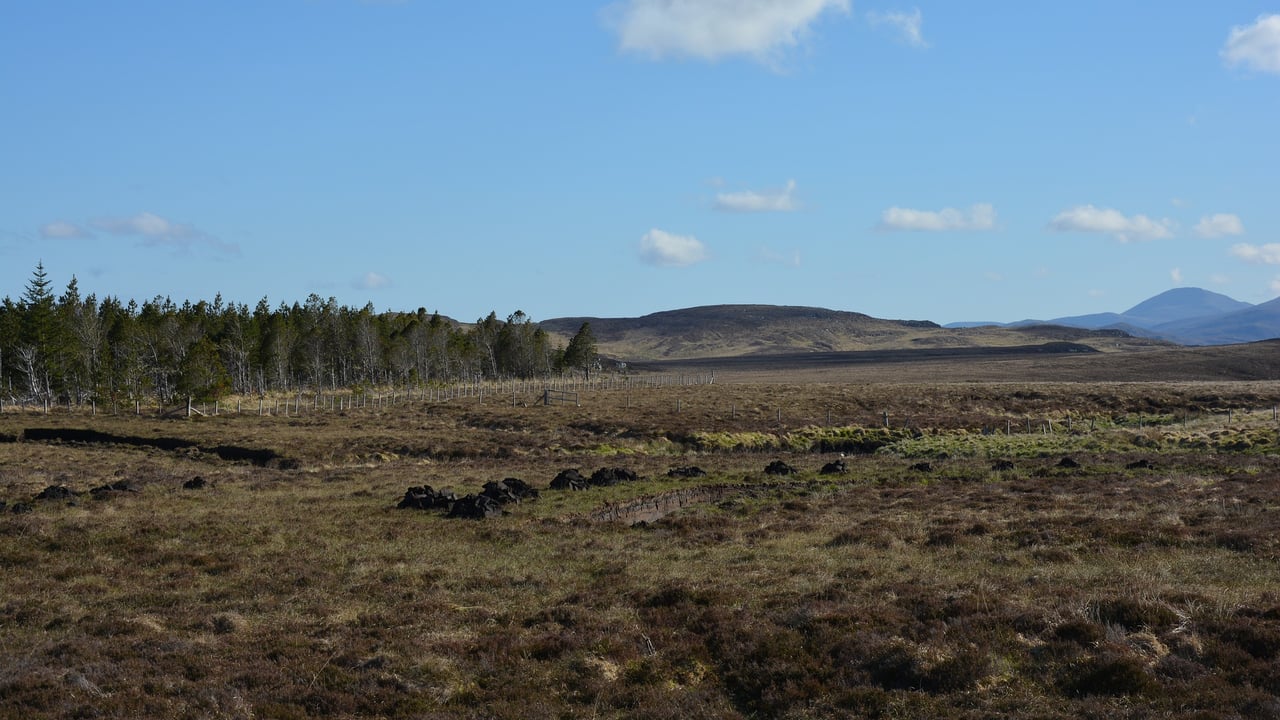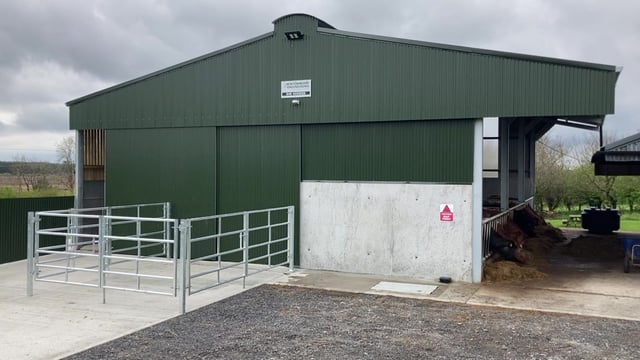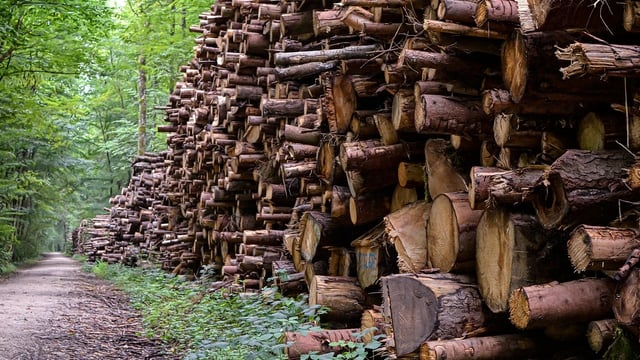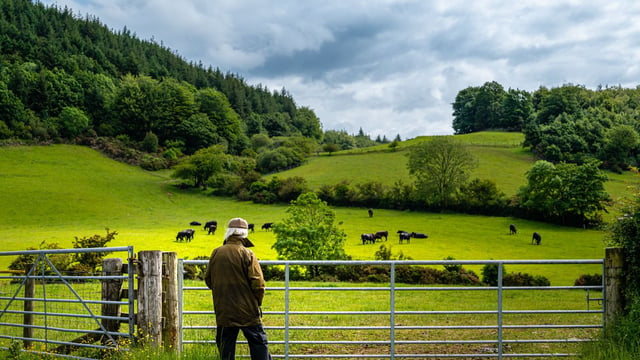LULUCF sector emissions projected to 'increase' by 2030
Total emissions from the LULUCF (land use, land use change and forestry) sector are projected to increase over the period 2022 to 2030 according to the Environmental Protection Agency (EPA).
The emissions from the LULUCF sector in 2018 were 4.2 Mt C02 eq, and are projected to rise to 4.9 Mt C02 (Million tonnes of carbon dioxide) eq by 2030, representing a 17% increase, according to an "ambitious" EPA projection.
There is no emissions ceiling currently set for the LULUCF sector.
LULUCF includes both greenhouse gas emissions and removals associated with activities on land.
The LULUCF sector is made up of six land use categories (forest land, cropland, grassland, wetlands, settlements, and other land) and harvested wood products.
These categories are sub-divided into land remaining in the same category (e.g. forest land remaining forest land) and land converted from one category into another (e.g. grassland converted to forest land).
The EPA acknowledged that emissions from the LULUCF sector "have been revised significantly to reflect new science".
It is "unlikely with the currently planned measures" that the target set under the European Union (EU) LULUCF Regulation and included in Climate Action Plan 2024 will be met, the EPA determined.
Ireland’s Climate Action and Low Carbon Development Act (Amendment) 2021 (Climate Act) set a target for a 51% reduction in emissions by 2030 compared to 2018.
In 2022, LULUCF accounted for 6% of total national emissions.
The EPA emission estimates across the full time series of the LULUCF sector are now lower than the values presented in last year’s projections report reflecting recalculations made in the sector as a result of new scientific research on emissions from grasslands and wetlands.
The EPA has produced the projected greenhouse gas emissions for 2023 to 2050 using two scenarios: ‘With Existing Measures’ (WEM) and the more ambitious, ‘With Additional Measures’ (WAM).
Ireland’s binding country-specific target by the end of 2030 is to reduce net LULUCF emissions by 626 kt (kiloton) CO2 eq, below an average of 2016, 2017 and 2018 emissions for this sector, to reach a currently estimated target of 3.7 Mt CO2eq.
While, compliance with this target in WEM and WAM projections is assessed below, it should be noted that under the LULUCF Regulation the target will be updated with latest data across two compliance checks in 2025 and 2032.
With Existing Measures (WEM) scenario
Under the WEM scenario, emissions from the LULUCF sector are projected to almost double between 2022 and 2030 with net emissions in 2030 of 7.9 Mt CO2 eq.
This 99.4% increase is largely due to projected forest harvesting, given an "aging forest estate" and will exceed Ireland's current LULUCF Regulation target by 4.2 Mt CO2eq.
The WEM scenario assumes that measures for which there are legislative levers in place prior to the end of 2022 are included, these are:
- Savings associated with Bord na Móna rewetting/restoration/rehabilitation under the Peatlands Climate Action Scheme (PCAS);
- The WEM scenario also assumes that afforestation rates are consistent with current practice which are 2,000ha per annum.
With Additional Measures (WAM) scenario
Under the WAM scenario, emissions from the LULUCF sector are projected to increase by 23% between 2022 and 2030 with net emissions in 2030 of 4.9 Mt CO2 eq, exceeding the current LULUCF Regulation target by 1.35 Mt CO2 eq.
The WAM scenario assumes that the measures outlined in the Climate Action Plan 2024 are implemented, including:
- Afforestation rates increased to 8,000ha per annum from 2026-2030;
- Water table management on 80,000ha of grassland on drained organic soils and improved management of 750,000ha grassland on mineral soils;
- Use of cover crops and straw incorporation on cropland;
- Additional wetlands rewetted, restored, and rehabilitated over and above those included in PCAS.





